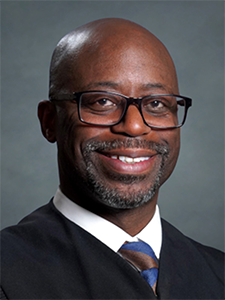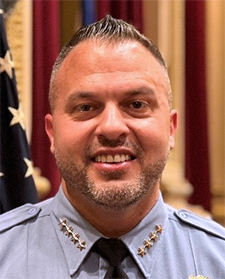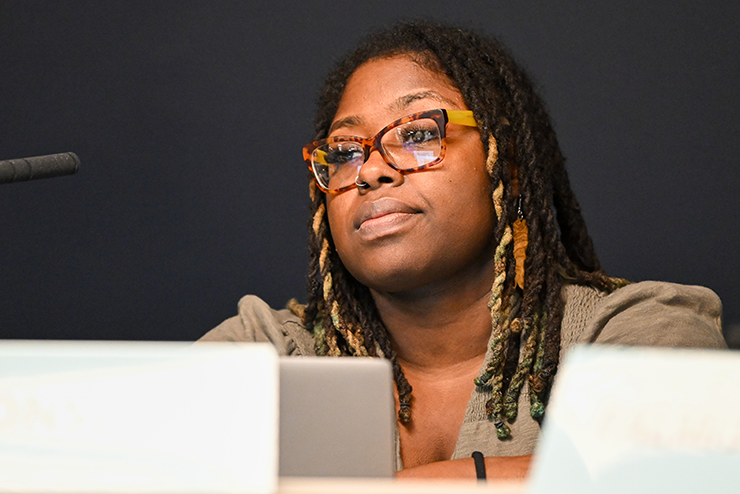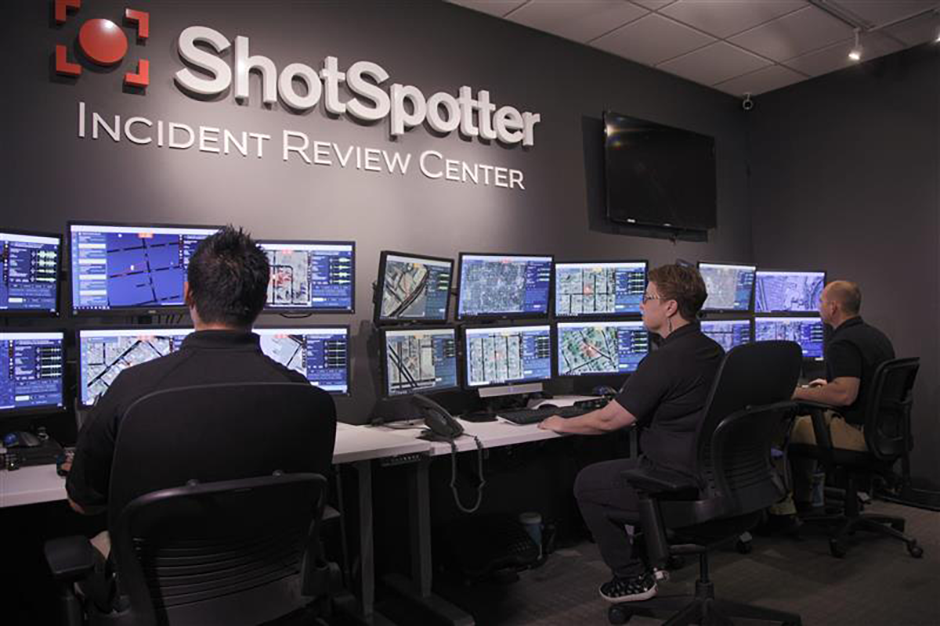The Minneapolis Police Department (MPD) is making its case to not only extend by time, but also expand its use of ShotSpotter, a gunshot detection technology, to more of the city’s neighborhoods.
Though the city’s law enforcement officials say the technology is vital to their public safety efforts, some council members have raised concerns about its effectiveness, prompting negotiations over how long and how far the technology should reach in Minneapolis.
MPD’s case for ShotSpotter
ShotSpotter, now known as SoundThinking Inc., is a gunshot detection system used by more than 160 cities nationwide that installs sensors and microphones in locations around a city that are hidden from both police and the public. Through the combination of a machine-learning algorithm and human evaluators, the system detects gunshots and relays the location where a sensor went off to local police.
During an Administrative and Enterprise and Oversight Committee meeting earlier this month, Office of Community Safety (OCS) Commissioner Todd Barnette and MPD Chief Brian O’Hara gave a presentation on how ShotSpotter is used in Minneapolis and how it helps officers do their jobs.

“ShotSpotter does save lives,” Barnette said at the start of the presentation, likening the technology to a smoke detector in a home.
Barnette said the technology allows for a 911 dispatcher to receive a notification less than 60 seconds of a sensor’s activation, allowing officers – who get text messages whenever a ShotSpotter sensor is activated – to react and respond to that location faster. That then allows officers to get to victims faster, facilitates more efficient collection of gunfire data and aids in the collection of evidence, he said.
ShotSpotter currently covers seven square miles – a large chunk of north Minneapolis neighborhoods and a smaller area in south Minneapolis – which is about 12% of the city. According to OCS data, 56% of gunshot wound victims between 2021 and 2023 were found within the areas where ShotSpotter has coverage.
O’Hara stressed the importance of the technology in its helpfulness in the department’s investigative efforts, citing multiple incidents that led to arrests for murder after the sensors directed officers to the shots’ locations, where they were able to recover bullet casings and DNA evidence.

“This is a tool,” O’Hara said. “By being able to determine a location of where a shooting actually happened, that can get us much quicker into the right area to start talking to people, start looking for people and hopefully recover ballistic evidence … that can trace what gun that was that fired the shots.”
The proposed contract would include an extension through March 2027, and a westward expansion of the technology into the Uptown neighborhoods of south Minneapolis, including Whittier, Loring Park and Lyn-Lake.
Related | Future of ShotSpotter in Minneapolis in flux as research shows disproportionate impact on communities of color
The presentation countered a series of presentations given to the committee in April by researchers at the University of Minnesota Law School and Legal Rights Center, as well as Campaign Zero, a public safety-focused research group. Their findings showed that ShotSpotter routinely activated in error, lengthened 911 response times and disproportionately impacted the city’s Black and Native residents, resulting in over-policing of those communities.
Future of contract
During the same committee meeting earlier this month, city staff presented a report commissioned by Ward 2 Council Member Robin Wonsley, the committee’s chair, along with Ward 5 Council Member Jeremiah Ellison, to identify potential third-party contractors who can come in and evaluate the ShotSpotter program and produce data that can be used to determine whether the program is effective or not.
“Our whole thing was that we want to make sure the Council has information and objective data to have access to prior to considering an extension of the contract,” Wonsley said in an interview.
The city currently pays just more than $233,000 for its ShotSpotter coverage. The initial proposed contract extension is expected to cost an additional $575,000 per year to maintain the city’s existing coverage zones, and the expansion to Uptown would add another $407,000.

Wonsley and Ellison met with Barnette and other public safety officials last week to express their concerns about the extension and expansion of the ShotSpotter contract. Wonsley said Barnette and OCS are taking their concerns into consideration and amending the contract, which could involve shortening the extension to 2026 or limiting the expansion from two square miles to 0.6 square miles, or both.
The amended contract is then expected to come before the committee during their next meeting on Sept 9.
“It’s very typical when there are concerns that are brought up by council members to reach out to the administration with those concerns directly and see if there’s a pathway forward for any corrective actions to be taken,” Wonsley said. “In this case, there was agreeable interest in finding something that could be of support amongst the Council and that is what’s being brought forward, hopefully, on Sept. 9.”

Mohamed Ibrahim
Mohamed Ibrahim is MinnPost’s environment and public safety reporter. He can be reached at mibrahim@minnpost.com.





